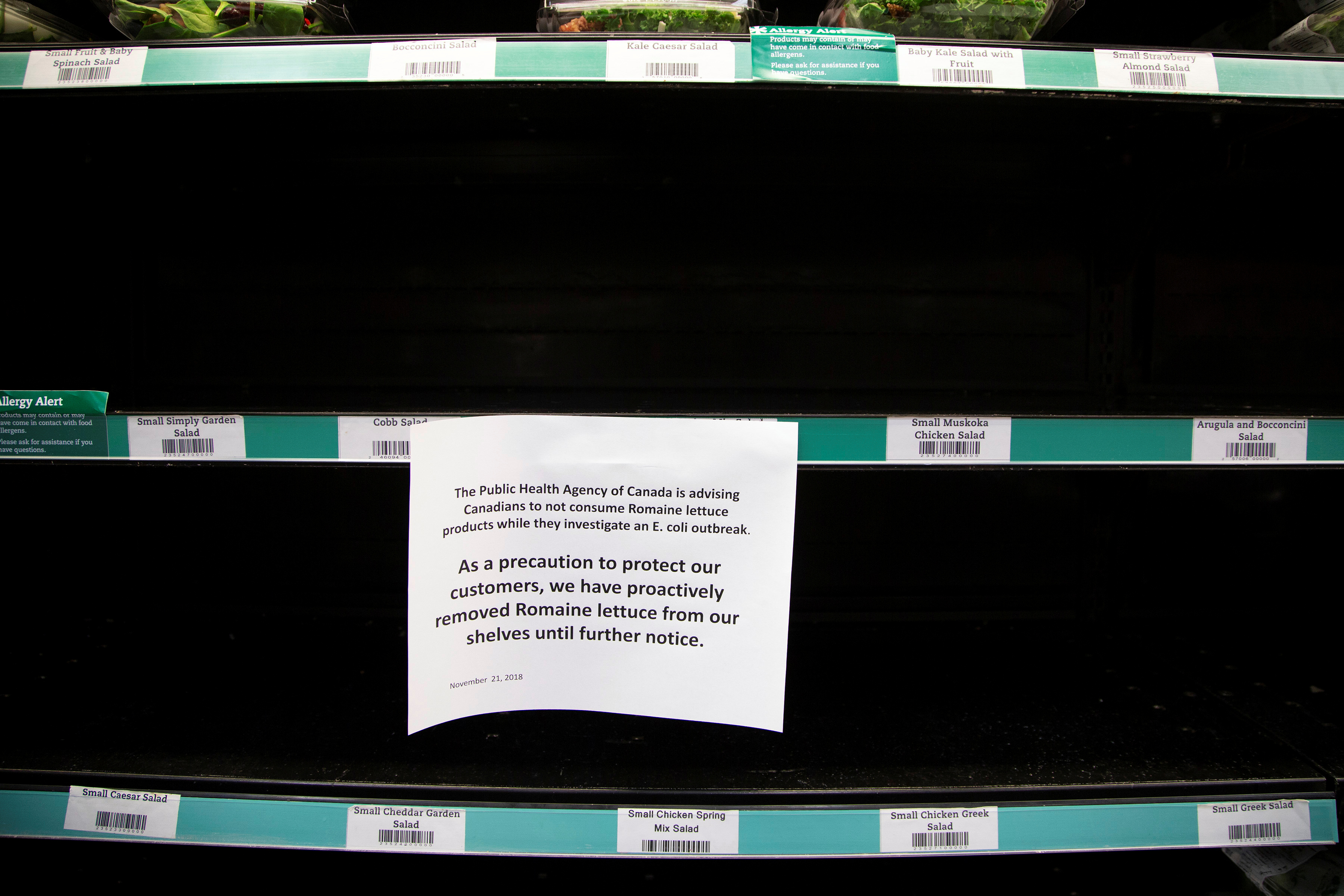
By Steve Gorman
(Reuters) – A measles outbreak that has stricken at least 225 people in New York state since October began with a traveler who visited Israel during the Jewish high holidays and returned to a predominantly ultra-Orthodox Jewish neighborhood of Rockland County.
A similar pattern unfolded three months later and nearly 3,000 miles (4,800 km) away when a person who visited Eastern Europe returned to a community with strong ties to a local church group in Vancouver, Washington. More than 50 people fell ill there.
In both instances, U.S. travelers picked up measles in foreign countries where the highly contagious disease was running rampant and brought it back to places where vaccination rates were too low by U.S. public health standards, setting off the worst outbreaks seen in those states in decades.
The U.S. Centers for Disease Control and Prevention says New York’s outbreak marks the highest tally of imported cases since measles was declared eradicated in the United States in 2000.
The two outbreaks appear to be winding down, health officials say, after concerted efforts to pinpoint the origins and isolate and inoculate those who were exposed but unprotected and educate parents who had resisted vaccines.
The disease has spread mostly among school-age children whose parents declined to get them vaccinated. Most cited philosophical or religious reasons, or concerns – debunked by medical science – that the three-way vaccines against measles, mumps and rubella (MMR) could cause autism, authorities said.
New York State Health Commissioner Dr. Howard Zucker said another key factor was mere “complacency” in an age where the potential ravages of measles are unfamiliar to parents who came of age after the vaccine was introduced in 1957.
In Rockland County, the suburb north of Manhattan accounting for the bulk of cases, the state has vaccinated 15,000 children since the outbreak began there last autumn, Zucker said. The Brooklyn borough of New York City was another hot spot.
Still, officials say the measles crisis in New York and Washington states offer a lesson about the importance of maintaining a minimum level of “herd” immunization against dangerous, preventable diseases such as measles.
It also highlights the global nature of disease control, in which a hot spot of infection in one country can ignite a distant outbreak in an immunization-weak spot of another, said Dr. Scott Lindquist, Washington’s top epidemiologist.
Here are some key facts about measles and immunization, according to public health experts and the CDC.
WHAT IMMUNIZATION RATES ARE IDEAL?
A 95 percent rate of immunization is required to provide sufficient “herd” protection in a given population. Rates as low as 60 percent were found in parts of New York where measles spread, Zucker said.
HOW BAD CAN MEASLES GET?
Symptoms typically include high fever, cough, runny nose and watery eyes, followed by tiny white spots inside the mouth and a red rash that can cover the body.
Serious and potentially fatal complications, especially in young children and pregnant women, can include pneumonia and swelling of the brain. Ear infections occur in about 10 percent of children with measles and can lead to permanent hearing loss.
One rare but fatal complication is subacute panencephalitis (SSPE), which can attack the central nervous system seven to 10 years after a person has recovered from measles.
HOW CONTAGIOUS IS MEASLES?
Measles is spread through casual contact with the virus, which can linger and remain infectious in the air of an enclosed space for up to two hours after it is breathed out by someone carrying the disease. The rate of transmission from an infected person to another individual nearby who lacks immunity is about 90 percent.
ORIGINS OF LATEST OUTBREAKS?
Health authorities say the strain of the virus identified in Washington state matches the one circulating widely in Ukraine since last year. The New York outbreak has been tracked back to separate flare-ups of measles in Israel and in Eastern Europe.
(Reporting by Steve Gorman in Los Angeles; Editing by Bill Tarrant and Peter Cooney)














